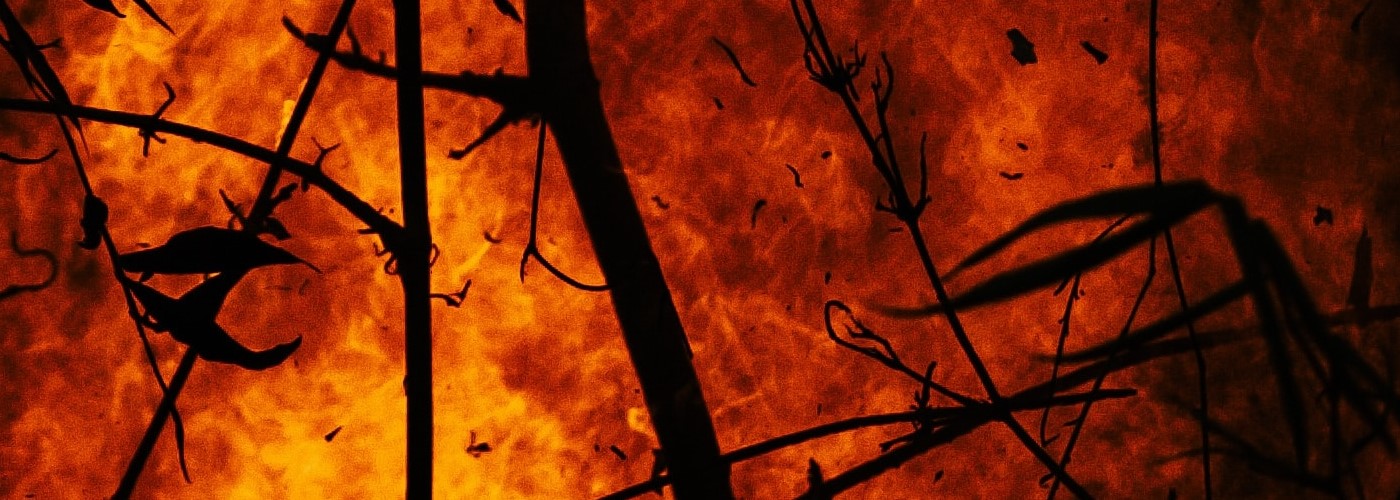

Another week progresses and Australia is still dealing with devastating wildfires. It has claimed so much land, as well as loss of life and property. Another very saddening effect of the fires is how it is affecting the wildlife. Due to the fires, Australia conservationists say there has been "catastrophic losses" and entire species may have been wiped out.
Fires have been burning in an area called Kangaroo Island and has already destroyed a third of it. Populations of small marsupials called dunnarts and glossy black cockatoos have have been destroyed in the fires. The island is located off the southern coast of Australia and has been described as a "scorched wasteland." Ecologists are hoping to find dunnart survivors before they are completely gone. Heidi Groffen, an ecologist and coordinator for the nonprofit Kangaroo Island Land for Wildlife, says "the small marsupials are too small to outrun wildfires and the population of around 300 may have been wiped out." She goes on to say that even if there are survivors, there is no food for them, and she is hoping to bring some into captivity before they are completely gone. A team has already set cameras to try to detect any survivors. Daniella Teixera, a conservation biologist at the University of Queensland, said "they are hopeful that the cockatoos flew away during the fires but just like the dunnarts, do not have enough food left on the island." She further mentions that the glossy black cockatoos have been increasing over the past 25 years, but with the wildlife, their gains have been lost in just a week!
The fires have affected 480 million animals, according to Professor Chris Dickman, a biodiversity expert at University of Sydney. That is about 50% more than the human population of the United States! As of recently, the number has soared to over 1 billion animals feared dead. This includes about half of the Koala population, of which around 50,000 stood before the fires. It will take years, if not decades, to rebuild wildlife populations that have been lost. A spokesperson for Australia’s Department of the Environment and Energy said the following: “Planning is already underway through the Australian government Department of the Environment and Energy to identify recovery priorities and future protection strategies." He also said “Funding is already in place for Koala hospitals and additional funding will be directed towards Koala habitats. Mapping is already occurring in some areas to understand fire impacts on Koala habitats and determine the most effective options going forward.”
The Australian Red Cross is accepting donations: Donate Here
WIRES Wildlife Rescue Line is accepting donations: Donate here